It can be difficult to determine the exact look of your site when you don’t have anything on it yet. Themes may look great in demos, but if you want to see them in practice, you’ll need to add dummy content in WordPress.
Fortunately, you don’t need to create fake posts or pages to test your site. You can simply import test data into WordPress, use a plugin to generate dummy posts, or choose a theme with starter sites.
👉 In this post, we’ll take a closer look at dummy content in WordPress and when to use it. Then, we’ll show you three ways to add it to your site. Let’s get started!
When to use dummy content in WordPress
If you’ve just created a new WordPress site, you’ll probably be spending a lot of time trying out different themes. However, if you don’t have any content yet, it can be difficult to know what your site will look like in action.
This is particularly true if you’re setting up an online shop. Without any tangible content, it’s hard to tell if the theme will do justice to your products and brand.
Therefore, you may need to use dummy content to test the theme. This may include example posts and pages, and fake products.
Test content can also come in handy when developing a new theme, or tweaking an existing one. As a web designer, you may need some actual posts or pages to experiment with on your staging site.
How to add dummy content in WordPress (3 options)
Dummy content is readily available online – you don’t need to spend time creating it yourself. So, let’s look at three ways you can add it to WordPress.
- Download the Theme Unit Test Data
- Use a plugin to generate dummy posts
- Choose a theme with starter sites
1. Download the Theme Unit Test Data 📥
The WordPress theme unit test data is a file that contains dummy content. This includes categories, menu items, nested comments, pages, sub-pages, image alignment, and more:
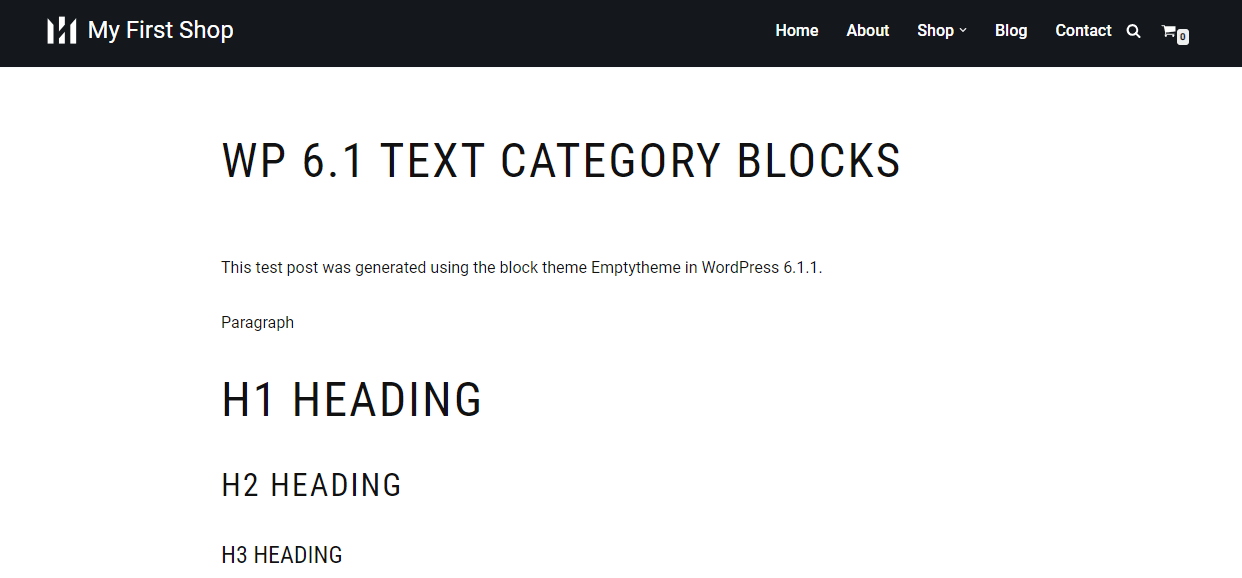
You can download the test data from Github:
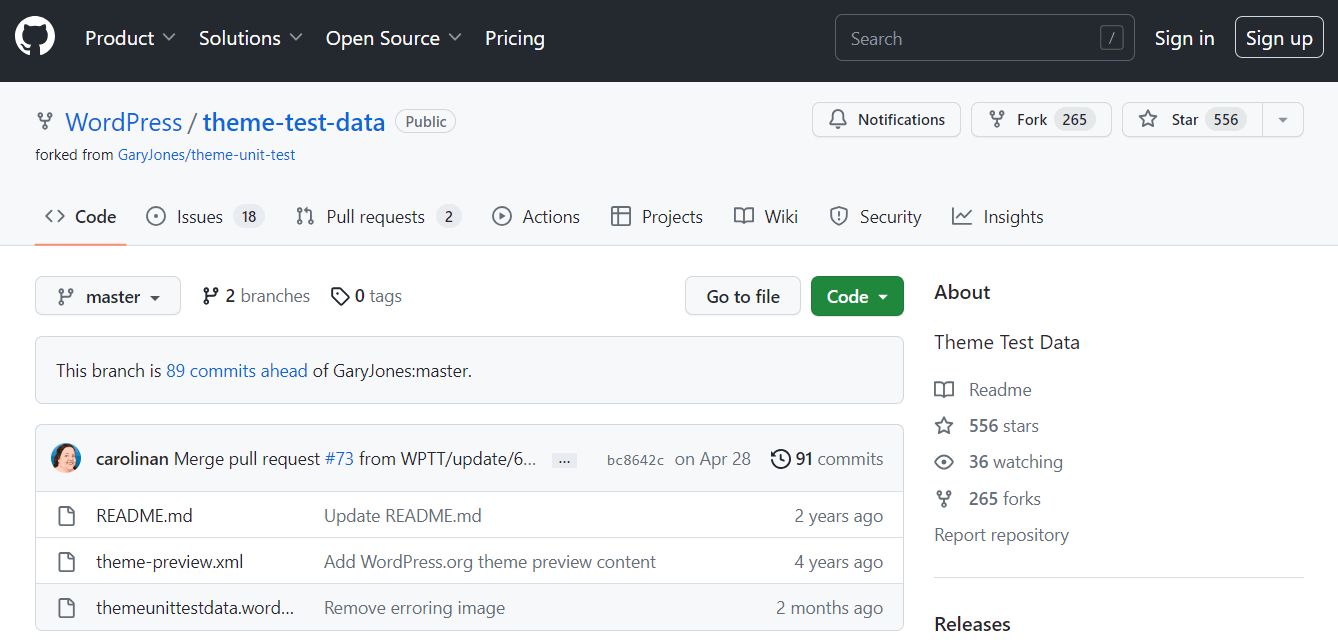
Click on the green Code button and select Download ZIP:
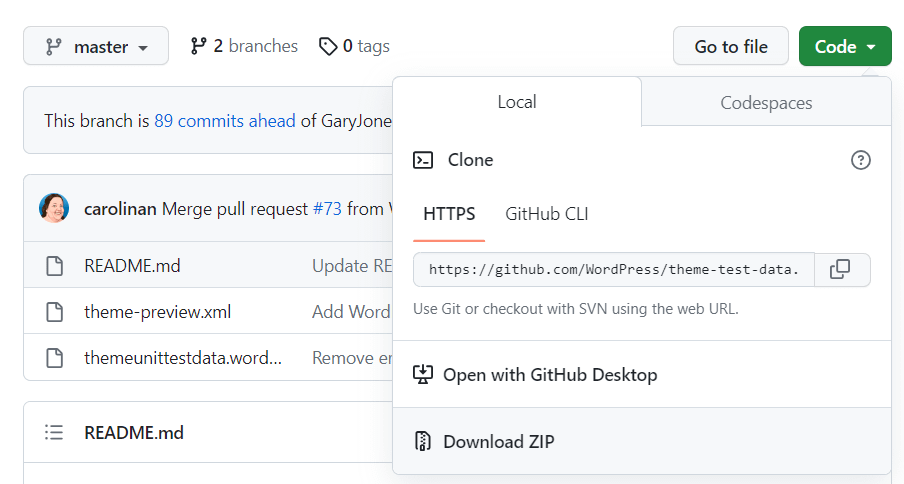
Now, locate the downloaded zip file on your computer, right-click on it, and select Extract all. This will extract the files in a folder called theme-unit-test-master.
If you open this folder, you’ll find three files. One of them is called themeunittestdata.wordpress, which contains the dummy content for WordPress.
Now, go to your WordPress site, log into the wp-admin, and navigate to Tools > Import. Scroll down to WordPress and click on Install Now:
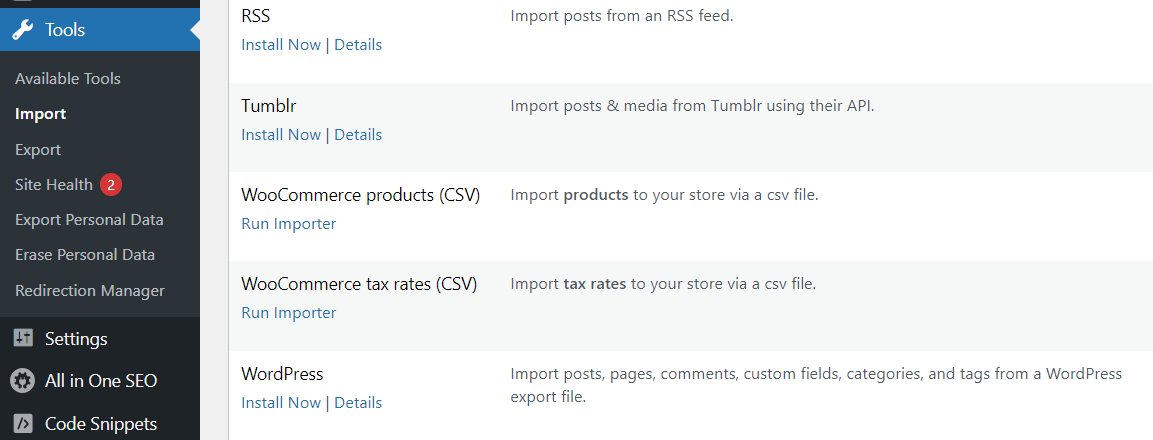
Then, select Run Importer. On the next page, click on Choose File and select themeunittestdata.wordpress from your computer:
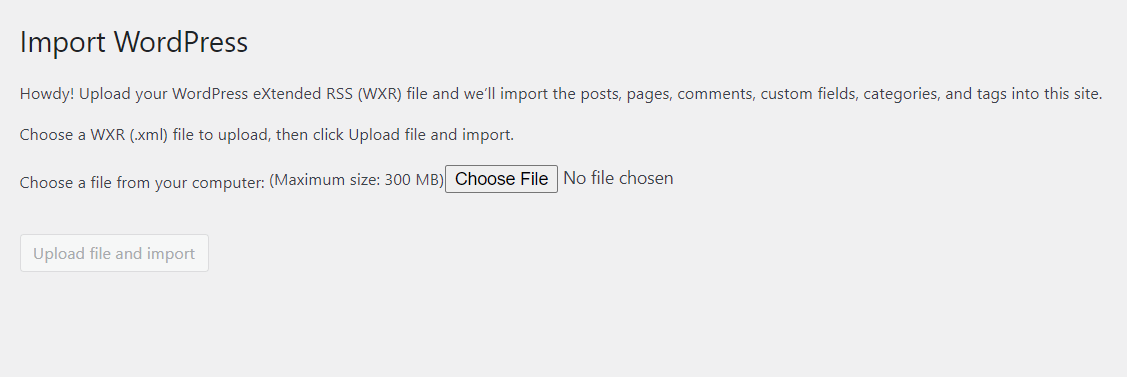
Next, hit Upload file and import. WordPress will now ask you if you want to import dummy users as well, or assign the dummy content to existing users on your site.
⌛ Note: again, keep in mind that the file you can import here is the extracted package from the original zip. In other words, don’t try to import the zip file directly.
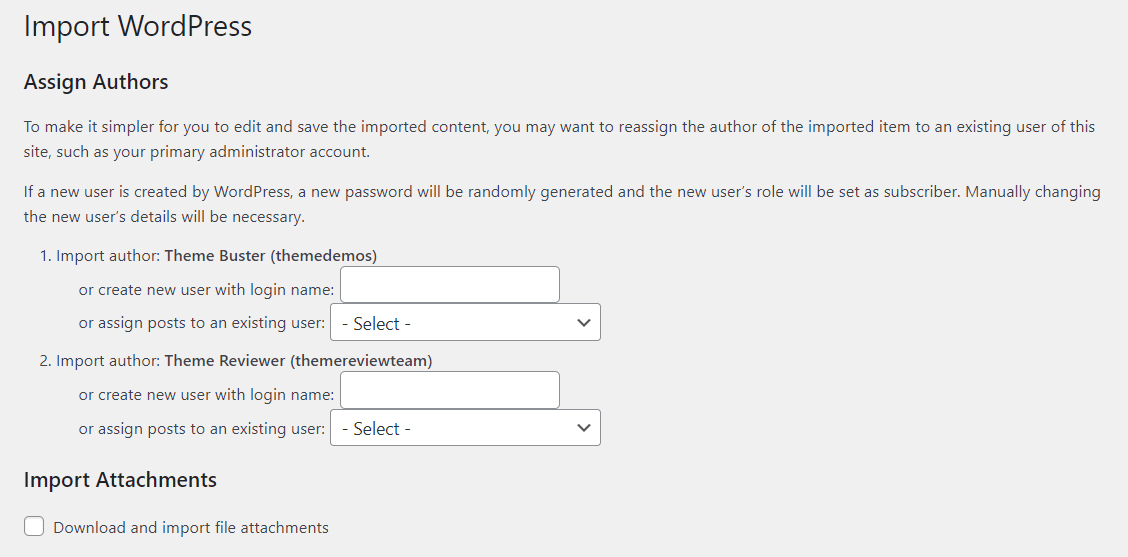
You also have the option to import file attachments. When you’re ready, click on Submit. You can then navigate to your posts and pages to view the imported content.
If you’re working on an online store, you can import sample data from WooCommerce as well. This will add dummy products to your site.
2. Use a plugin to generate dummy posts 🔌
You can also add dummy content in WordPress using a plugin like FakerPress. This will insert posts, custom post types, comments, meta data, categories, and more.
To get started, go to Plugins > Add New and look for FakerPress. Then, click on Install Now, followed by Activate:
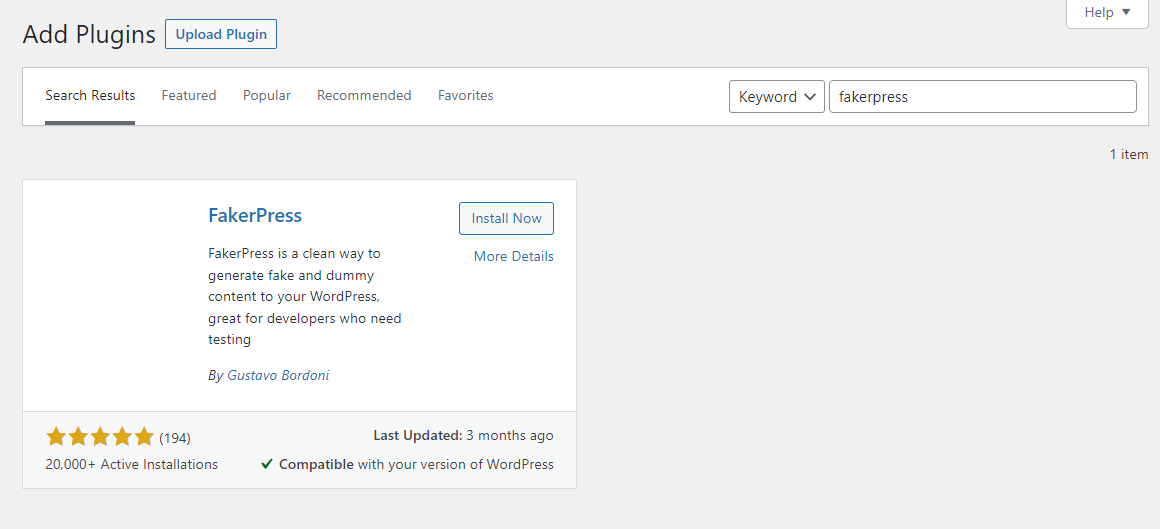
👉 Need more info on how to install a plugin? Read this.
Once you’ve installed the plugin, go to FakerPress > Posts to generate content. Here, you can configure some settings for your dummy posts:
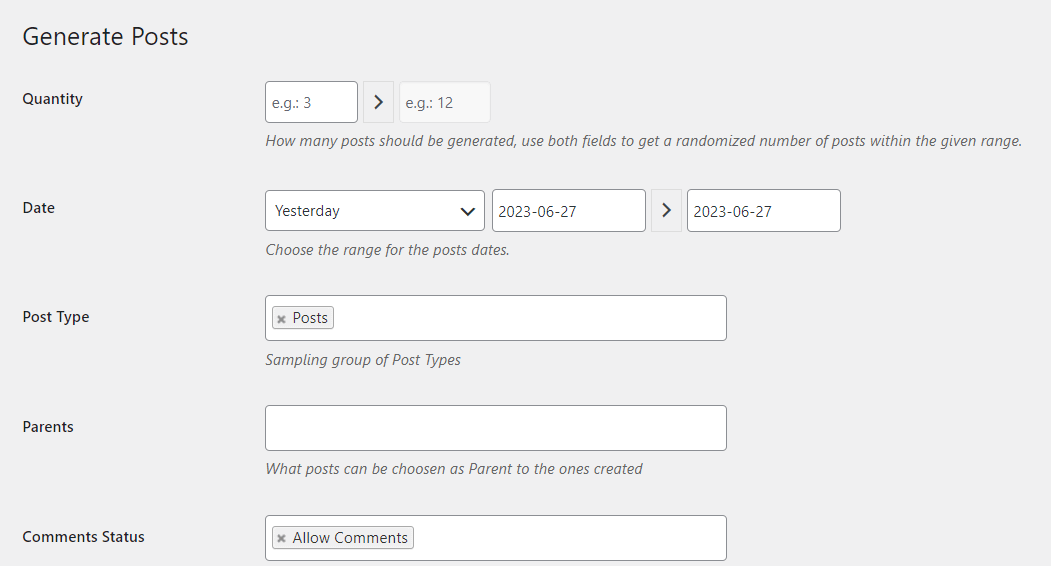
For example, you can set the number of posts you want to import and select the authors. In the Post Content section, you’ll find even more settings:
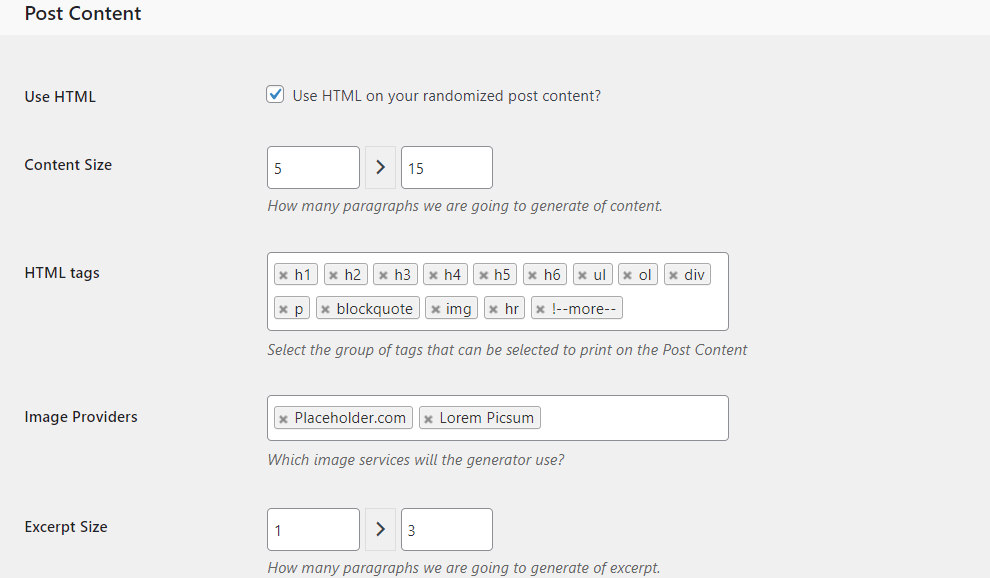
You can also configure the taxonomy and meta field rules. When you’re ready, click on Generate.
Now, go to Posts to check out the dummy content:

This method of importing dummy content in WordPress is ideal for blogs. It can help you see what your posts may look like in different themes.
3. Choose a theme with starter sites 🎨

Some themes provide their own dummy content. If you want to avoid importing data or installing plugins on your site, this might be the best option for you.
Our Neve theme comes with a selection of starter sites for different types of websites, including blogs and online stores:

Once you’ve installed Neve on your site, go to Appearance > Starter Sites. Hover over a site you like and select the Import button. You can then choose the content you want to import:
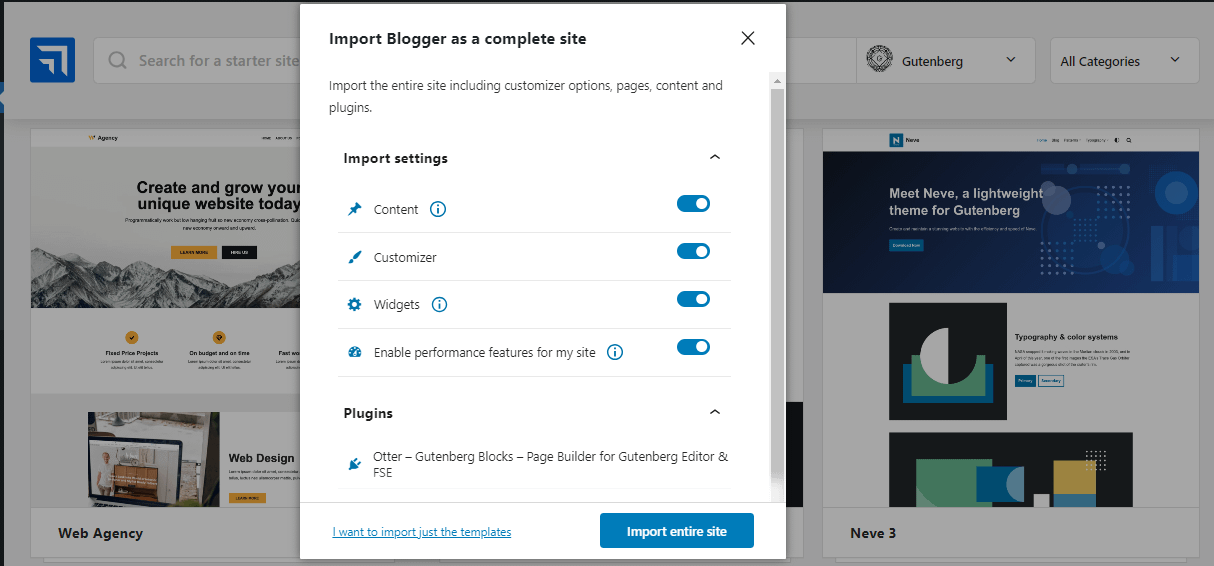
You also have the option to import just the templates. Make your selections and Neve will import your starter site. Once it’s ready, click on View website:

This will show you what your site will look like on the front end, using placeholder content. You can also go to your posts or pages to view the imported pages.
⌛ Note that you can also import individual templates. Simply go to Appearance > Starter Sites and select Page Templates to access the library of designs:
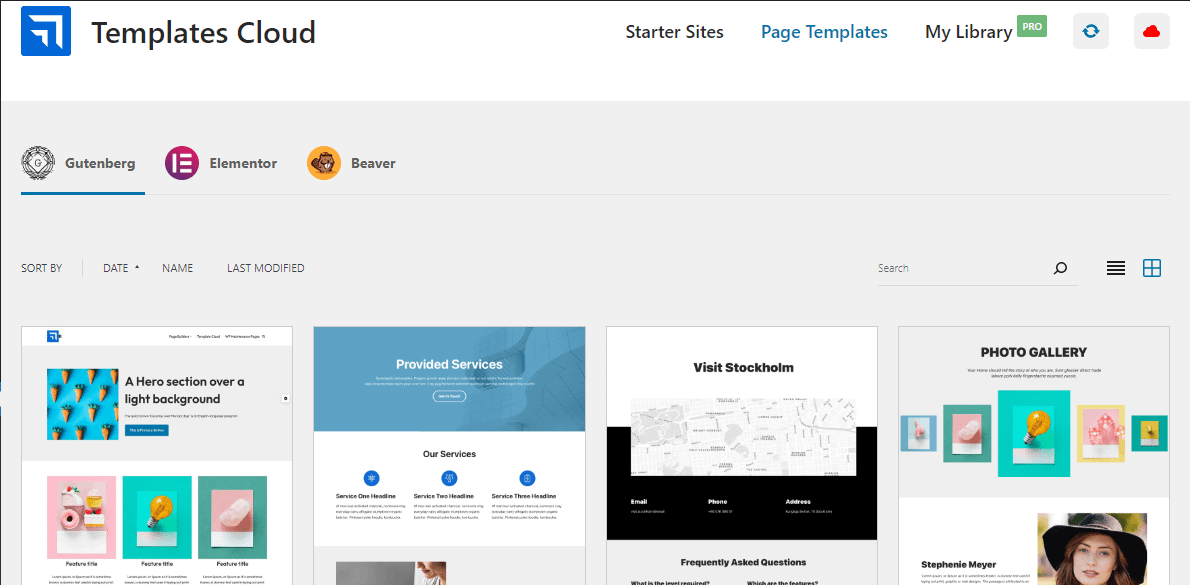
Once again, hover over your preferred option and select Import. Then, you can view the page on the front end or open it in the Block Editor to tweak the design.
Conclusion 🧐
If you’re testing different themes, you’ll need to have some content on your site. This will make it easier to decide on a design and make customizations. Instead of creating your own posts and pages, you can insert dummy content in WordPress.
✍️ To recap, here are three ways to add dummy content in WordPress:
- Download the theme unit test data from Github. 📥
- Use a plugin like FakerPress to generate dummy posts. 🔌
- Choose a theme with demo content, starter sites, and templates, like Neve. 🎨
Do you have any questions about adding dummy content in WordPress? Let us know in the comments section below!






















Or start the conversation in our Facebook group for WordPress professionals. Find answers, share tips, and get help from other WordPress experts. Join now (it’s free)!